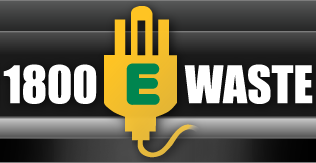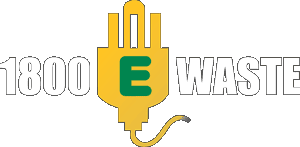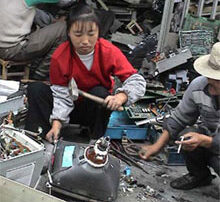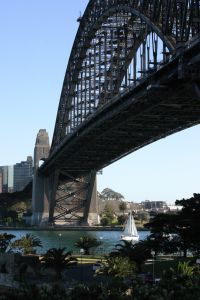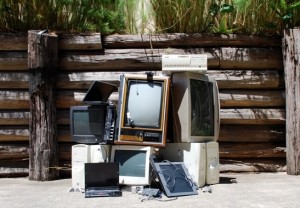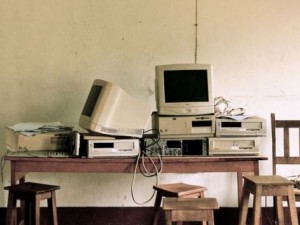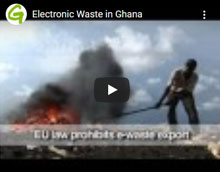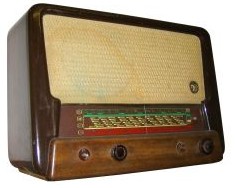Exporting Electronic Waste – Is it worth it?
Along with the rise in electronic waste, there’s been an increase in the amount of electronic waste that gets exported abroad. According to the United National Environment Programme, the amount of ewaste in China is set to increase by 400% in the next 10 years and by 500% in India. This excessive figure shows the true extent of the global electronic waste problem and, with the digital age and constantly evolving technological advances, it’s only set to get worse. So what makes exporting electronic waste so beneficial? At 1800Ewaste we’ve written several articles discussing the dangers of exporting electronic goods and the legislation that
